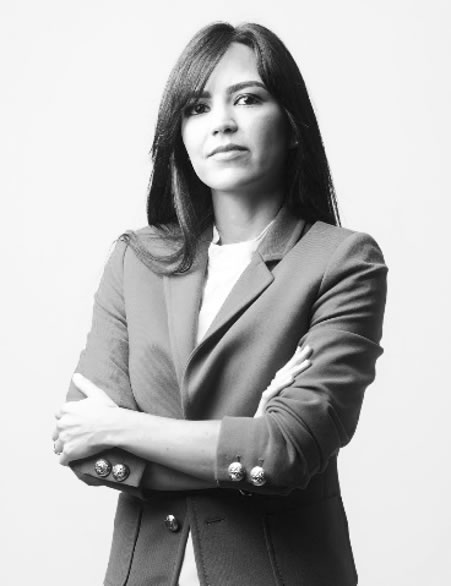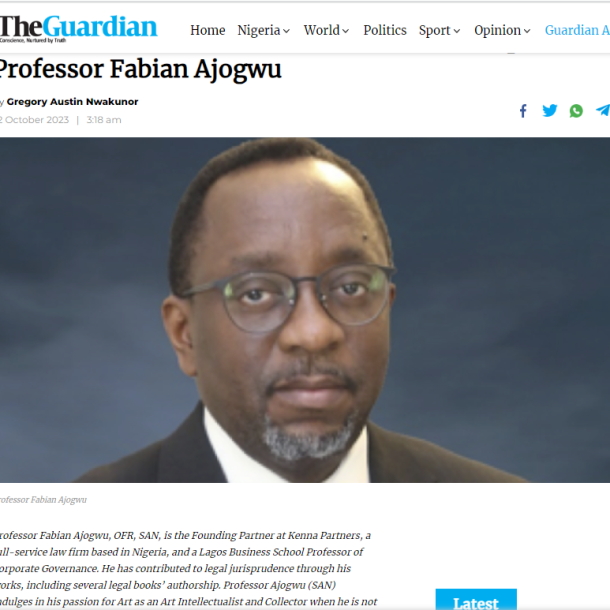
NFT: A FAD OR WORTHY INVESTMENT?
On March 11, 2021, a non-fungible token or NFT, (one-of-a-kind digital item with its own digital signature) representing Everydays: the First 5000 Days, a JPEG created by Mike Winkelmann was sold for $69.3 million at Christie’s. The work was born out of a collage of 5000 digital images that Winkelmann created for his “Everydays” series. Also, in the same month, Oyindamola Oyekemi Oyewumi, a 24-year-old Nigerian ballpoint pen female portraits artist, tweeted her drawing of Charles Hoskinson.
Hoskinson, the Ethereum co-founder, discovered the tweet and put it up for sale as an NFT. By the end of the month, the tweet sold for $6,300, and now it’s Hoskinson’s Twitter profile picture.
After the French music duo Daft Punk announced their split, Lagos-based artist Niyi Okeowo created a digital painting of the group and posted it on his Twitter page. That painting has now been sold for 1 ETH (~$1,900) – on Rarible.
NFTs are the latest cryptographic craze and have recently blown up, seen as a window through which digital artists can trade, art collectors, and investors can acquire works of art.
What are NFTs?
Weforum explains them as a type of digital asset – essentially a tradeable, digital ownership certificate, authenticated through blockchain networks that hold a record of the underlying data.
NFT, known as Non-Fungible Token, is a cryptographic token that uniquely sets out an asset. With NFTs, you can purchase and trade ownership of unique digital items and keep track of who owns them using the blockchain. It includes anything digital, such as drawings, animated GIFs, songs, or items in video games. An NFT can either be one-of-a-kind, like a real-life painting, or one copy of many, like trading cards, but the blockchain keeps track of who has ownership of the file.6 As you can uniquely define assets, you can also prove ownership over said assets and establish their authenticity.
To further explain this, the technology behind NFTs gives you something that someone else cannot duplicate. They grant you ownership of the work (however, the artist can still retain the copyright and reproduction rights, similarly with physical artwork). To put this in the context of physical art collection: even though anyone can buy a Picasso print just one person can own the original.
What makes NFTs nifty?
Non-fungible tokens are well desired due to three main properties.
- Uniqueness: NFTs possess a strong information tab that explains their uniqueness. This information is fully secured and authentic. With NFTs, you can uniquely define an asset by issuing metadata that describes the asset and make it stand out from other assets.
- Scarcity: NFTs are valuable because of their rarity. NFT developers can create an unlimited volume of non-fungible tokens; they often modify the tokens to increase interest. Once you have registered an asset, it is impossible for someone else to register the same asset for a second time. This characteristic makes NFTs as assets, rare
- Indivisibility: Most NFTs are indivisible into smaller units. You either buy the complete cost of a digital item or buy no item. For instance, while you can own one full bitcoin, if you do not have enough money to buy a whole bitcoin, you can split a bitcoin into smaller denominations and buy a tenth of a bitcoin.
Should Art Collectors and Digital Artists care about NFTs?
The disruptive appeal of NFTs is quite clear to see. Their potential to address many of the enduring imbalances of power and information that have defined the physical art market, is one of the most important factors to consider. The technology behind NFTs provides traceability and transparency, ensuring details on previous sellers and prices are publicly available thereby reducing the possibility of fraud.
Art collectors acknowledge that artworks appreciate in value, that is why paintings and other forms of art can be counted as speculative assets. In the end, art in the form of NFT can be sold later for much than the original value.
As an artist, some platforms allows you enable a feature on NFT that will pay you a percentage every time your work is resold. Platforms like Nifty includes resale royalty provisions in the rules governing the secondary markets for works.
Are NFTs here to stay?
There are various concerns raised about NFTs. There is the question of what determines the artistic value of a work. What metrics are applied to measure what counts as art? Also, works of artists have been allegedly stolen and sold as original8. On March 26 2021, a Nigerian artist known as Ayanfe tweeted that one of her original artworks was being sold as NFT by someone else, who had renamed the work. Fortunately, the counterfeited work was taken down on the platform on which it was being traded.
Another issue that artists fear is that collectors may prefer to buy from already-known, celebrated artists who have built credibility over many years, rather than buy from budding artists. An
High price fluctuation may also be one of the reasons art enthusiasts have been slow to embrace NFTs and the cryptocurrencies sustaining them. For instance, the U.S. dollar value of one Ethereum could be $1,550and later drop to $241 in one week. Art collectors, investors and artists rely on the relative stability of currencies and perceived changes in the value of artworks; imagine if the Monet print you bought last year for $18000 was now worth $128,000—or, inversely, $3,125 due to volatility. Although, Michael Ugwu, A London-based music executive and entrepreneur of Nigerian descent, thinks otherwise. For him, what he has learnt from the time when people doubted Bitcoin is that it is better to be in the bubble when the barrier to entry is low than to be outside. Ugwu is well convinced that it is necessary for Africans to be on the NFT bandwagon right now.
The current craze about NFTs may likely die, and art enthusiasts (artists and collectors alike) will focus on the more stable and less volatile traditional art market, or NFTs could become quite common. We are yet to find out.
RESOURCES
- https://www.theverge.com/2021/3/11/22325054/beeple-christies-nft-sale-cost-everydays-69-Million
- h t t p s : / / t w i t t e r . c o m / m o m m i e z _ g a l / status/13724824433667809282.
- https://v.cent.co/tweet/1375928112295256066?s=u_a
- https://techcabal.com/2021/03/09/into-the-unreal-world-of-nfts/
- https://www.weforum.org/agenda/2021/03/nfts-and-the-environmental-cost-of-owning-digital-art/
- https://www.theverge.com/2021/3/11/22325054/beeple-christies-nft-sale-cost-everydays-69-million
- https://cryptopotato.com/what-is-nft/
- https://www.bloomberg.com/news/articles/2021-03-02/ nft-art-boom-is-the-same-concept-as-the-photography-market?sref=M8H6LjUF
- https://niftygateway.com/become-creator
- h t t p s : / / t w i t t e r . c o m / m 1 s s n f t / status/1375423021083676673?s=21
- https://www.coindesk.com/the-nft-craze-is-helping-nigerian-artists-go-global
“The disruptive appeal of NFTs is quite clear to see. Their potential to address many of the enduring imbalances of power and information that have defined the physical art market, is one of the most important factors to consider.
By Ebunoluwa Ade-Taiwo

